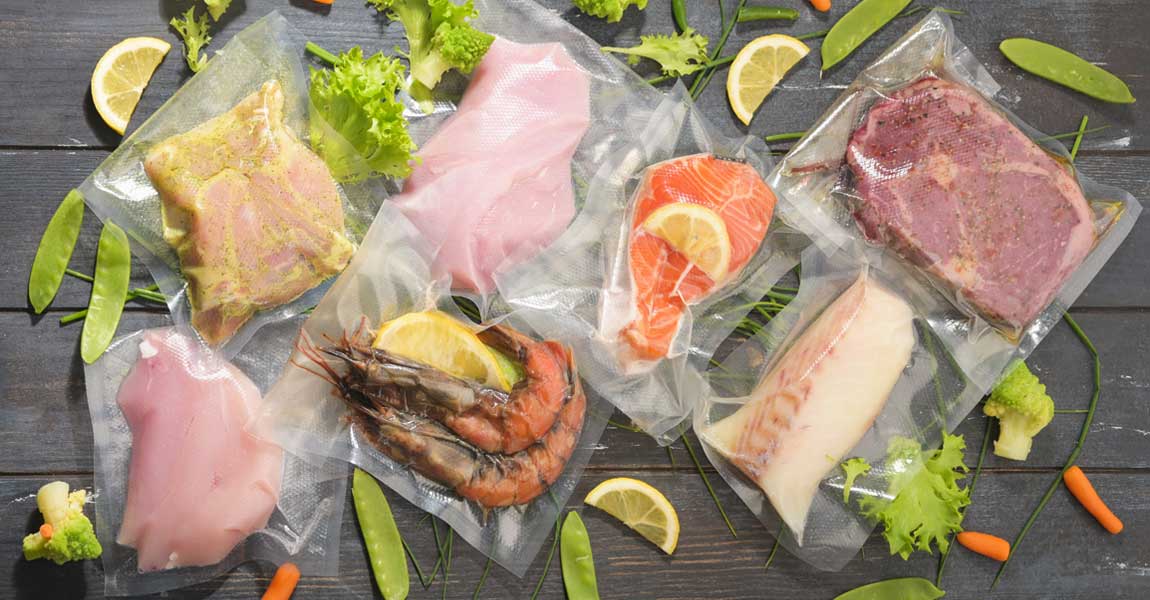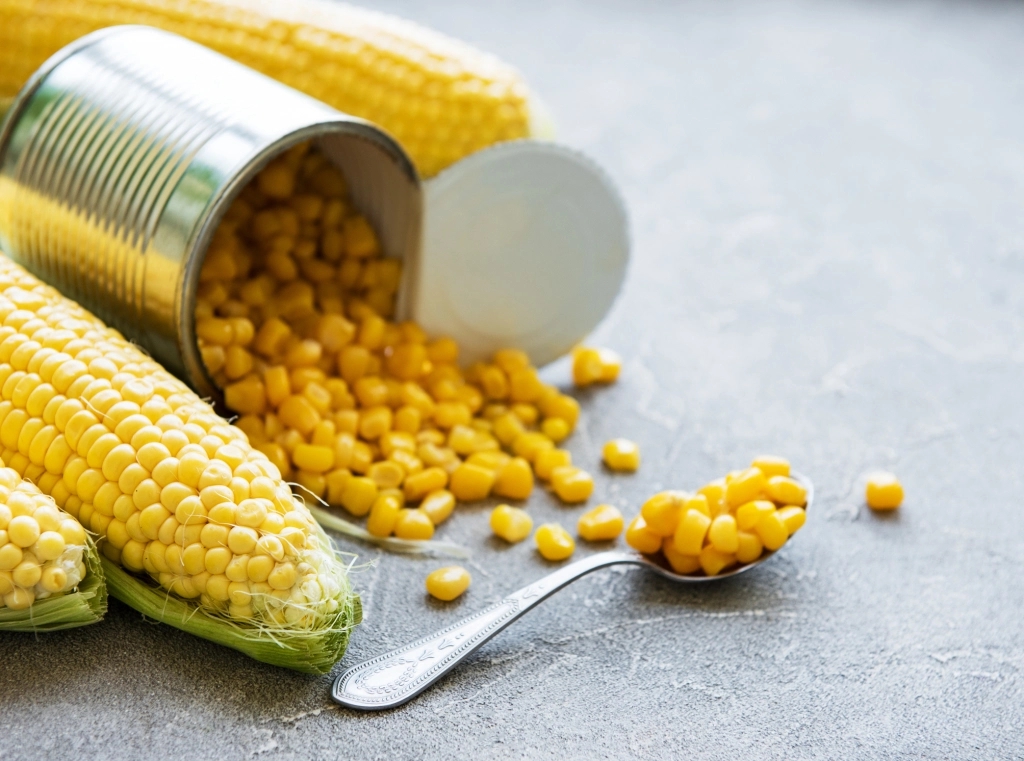Vacuum packaging is a great technology and a good way for food preservation, which can help avoid the food waste and spoilage. Vacuum pack foods, where food is vacuum packed in plastic and then cooked in warm, temperature-controlled water to a desired doneness. This process requires to remove away the oxygen from the packaging, per the National Center for Home Food Preservation. It can prevent the food spoiled thrives on air that caused by the bacteria, and also extends the shelf life of the food in packages.

Nowadays there are a lot of vacuum pack foods on the market, such as meat, vegetables, dry goods, and so on. But if we see a "vacuum packed" label printed on a can container, then what does “vacuum packed” mean?
According to OldWays, cans labeled vacuum packed use less water and packaging, fitting the same amount of food in a smaller space. This Vacuum packed technology, pioneered in 1929, is often used for canned corn, and it allows canned food producers to fit the same amount of food in a smaller package, which can also help them to vacuum pack the corn within hours to preserve the flavor and crispness.

According to Britannica, all canned foods have a partial vacuum, but not all canned foods need vacuum packed, only certain products does. The contents in canned food container expand since the heat and force out any remaining air when canning process, after the contents cooled down, then partial vacuum produced in the contraction. This is why we called it a partial vacuum but not vacuum packed, because vacuum packed needs to use the vacuum-can sealing machine to make it.
Post time: Jul-16-2022








